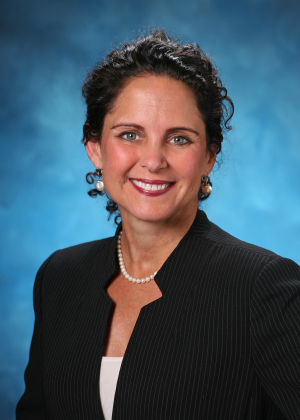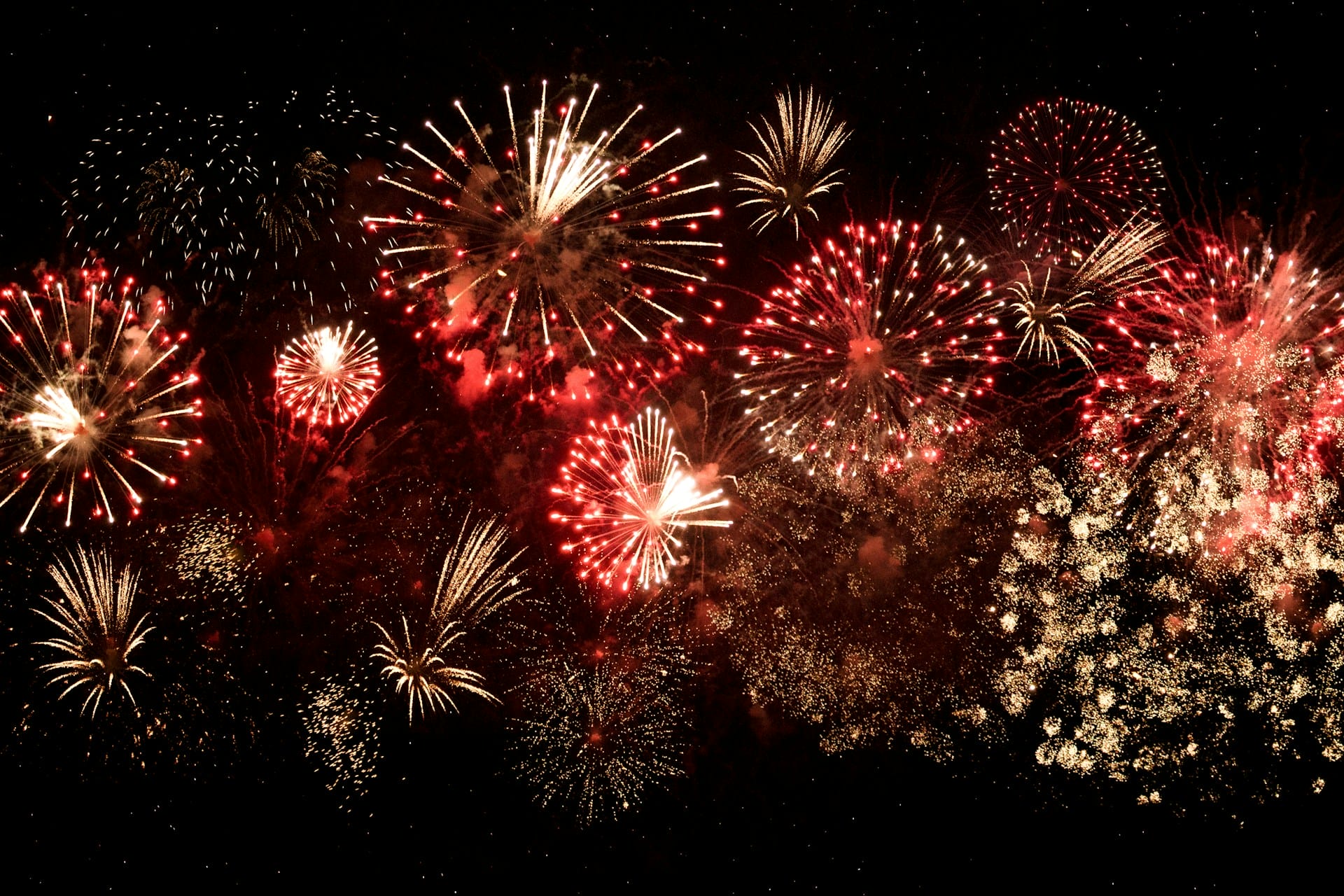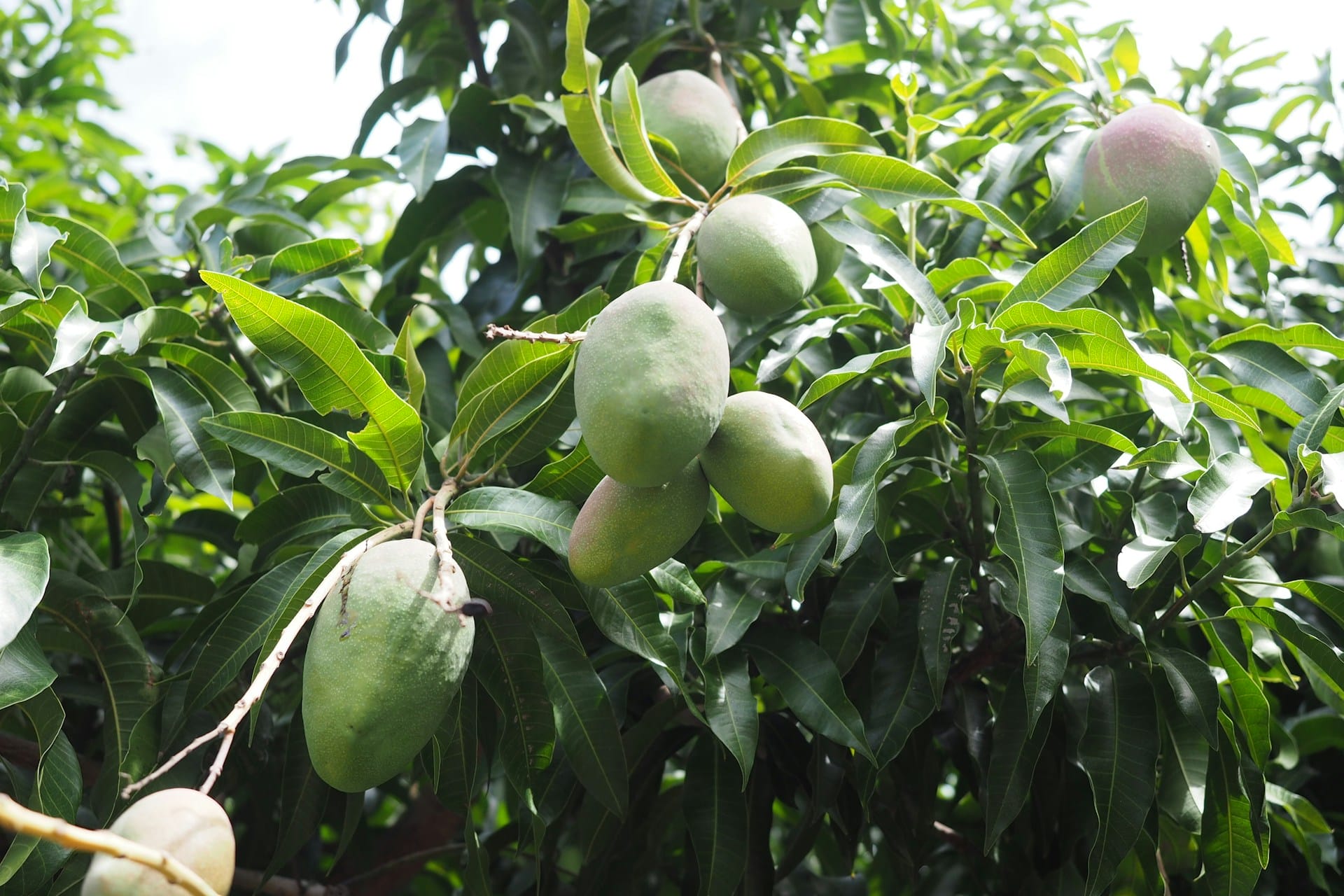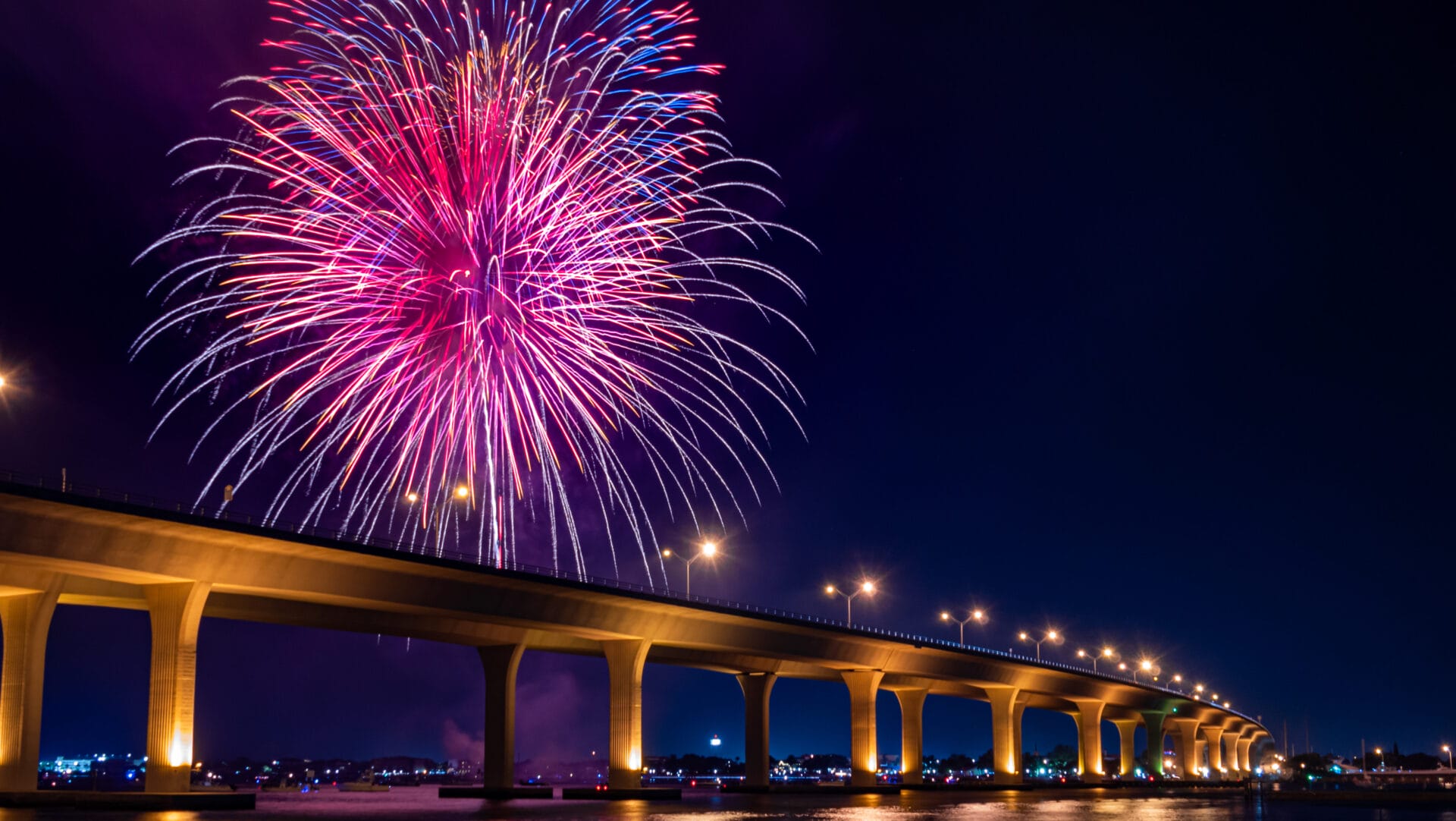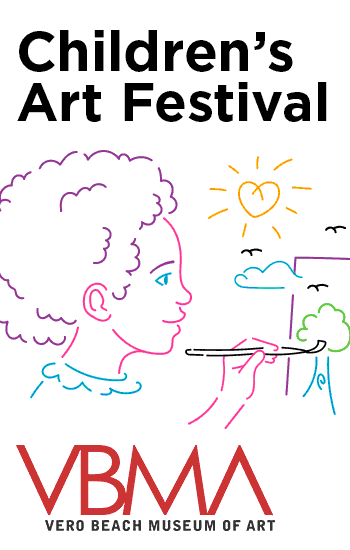
Sometimes on a sunny day, I hear gregarious green parrots in the cabbage palms of Sandsprit Park near Port Salerno. When my husband, Ed, and I recently visited his niece at University of Miami two huge, gorgeous multi-colored macaws swooped down over cars stuck in traffic.
“Holy moly!” I exclaimed. “What was that?”
“Parrots.” Darcy calmly replied. “They got loose from the zoo after the hurricanes. Now they live here; they have chicks in a royal palm tree on campus.”
Pretty cool. Life adapts, unless you go extinct that is…Extinct: “No longer existing or living; dead.”
This was the fate in the early 1900s of a beautiful bird known as the “Carolina Parakeet,” last reported between 1910 and 1920. The “paroquet” as the old timers referred to them, had an expansive range that included much of the eastern United States, west into Colorado, and south into Florida. Their habitat? Swamps and old growth forests… what our state used to be.
As these habitats were cleared and filled for timber and development, especially from the late 1800s into the early 1900s, their range became limited, and their numbers declined. According to documentation, some of the last remaining lived in our Indian River Lagoon region.
The birds were sought after for their bright feathers and friendly voices. People kept them as pets and wore them on ladies’ hats prior to Florida Audubon’s rampage.
Perhaps the most poignant tale of their story is that the birds were very social, and like people, if a member of their group were shot, all the others would “flock to the injured,” making capture, or shooting of all others, “easy-pickings.” This compassion, an “advanced, evolved trait” sealed their fate in the extinction-book of history.
Ironically one of the most famous reports of the stunning birds occurred in the area of the Sebastian River and its confluence of the Indian River Lagoon. A local man, Chuck Fulton, whose relation was my principal at Martin County High School, seems to have guided Chapman thorough the areas as a lad when he stayed at Oak Lodge in Sebastian where his grandmother lived. (Sandra Henderson Thurlow)
Mind you Frank Chapman was like a movie star of his day. This would have been very exciting for young Chuck. “Frank Michler Chapman”—scientist, explorer, author, editor, photographer, lecturer, and museum curator, —-one of the most influential naturalist and greatest ornithologists of his era.
In a book “Letters to Brevard County” shared by my mother, historian, Sandra Henderson Thurlow, Chapman accounts his travels of our region:

“The Sebastian is a beautiful river, no words of mine can adequately describe it.” Half a mile wide at its mouth, it narrows rapidly and three miles above appears as a mere stream which at our camp, eight miles up, was not more than fifty feet in width and about fifteen feet in-depth. Its course is exceedingly irregular and winding. The banks as we found them are high and for some distance from the water grown with palms and cypresses which arching meet overhead forming most enchanting vistas, and in many places there is a wild profusion of blooming convolvulus and moon flower…Here we observed about fifty colorful paroquets, in flocks of six to twenty. At an early hour, they left their roost in the hammock bordering the river, and passed out into the pines to feed….
In the “spirit of the day” Chapman goes on to describe how unafraid the birds were of him and then shoots a few birds for “science,” leaving alone those that come to the rescues of their fallen comrades…..
In all fairness, it must be noted Chapman also appealed to President Teddy Roosevelt to establish Pelican Island as a National Preserve, (also in Sebastian) and is credited with starting the Audubon Christmas Bird Count, where birds are counted, and not shot. Even today “scientific” specimens must be killed in order to be recorded as a new species. One day perhaps a photograph will be sufficient.
Quite a story….and so close to home.
So next time you see a brown pelican gracefully flying past, picture a flock of fifty, squawking, colorful parakeets happily trailing behind. What a colorful world our Indian River Lagoon must have been!

_________________________________________________________
Thank you to my mother Sandra H. Thurlow for the content to write this blog post.
Carolina Parakeet: (https://en.wikipedia.org/wiki/Carolina_parakeet)
Extinct birds: (https://www.50birds.com/birds/extinct-birds.htm)
